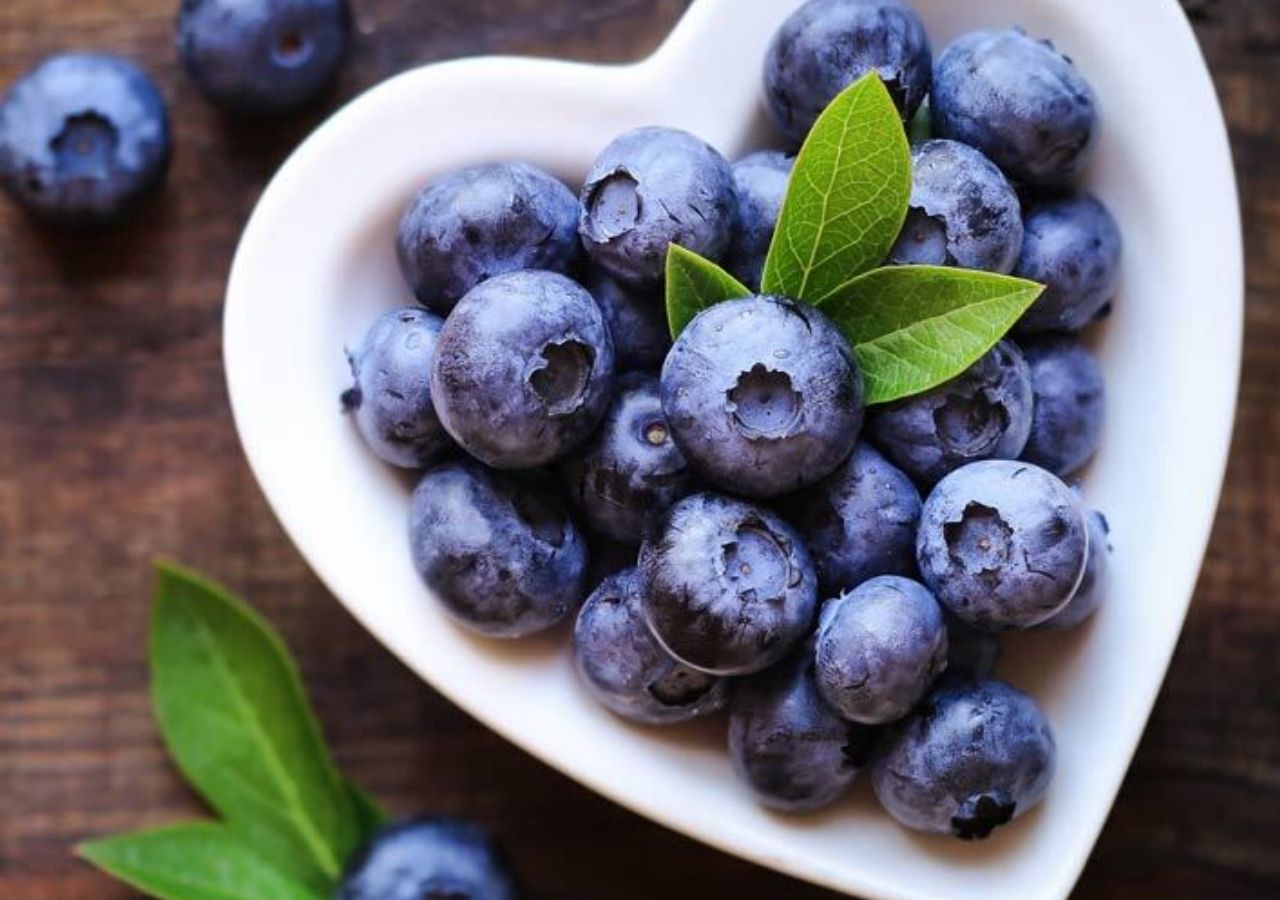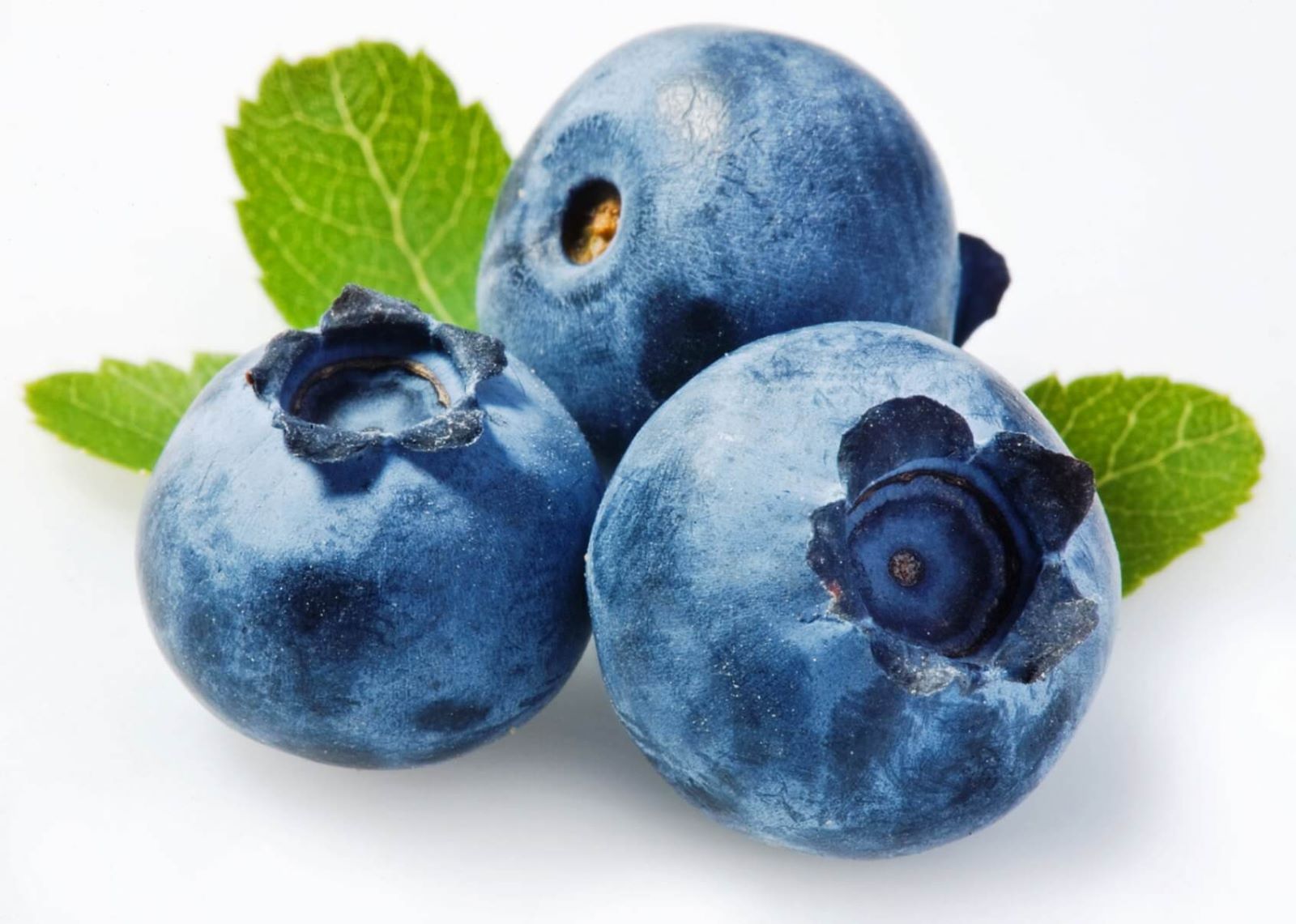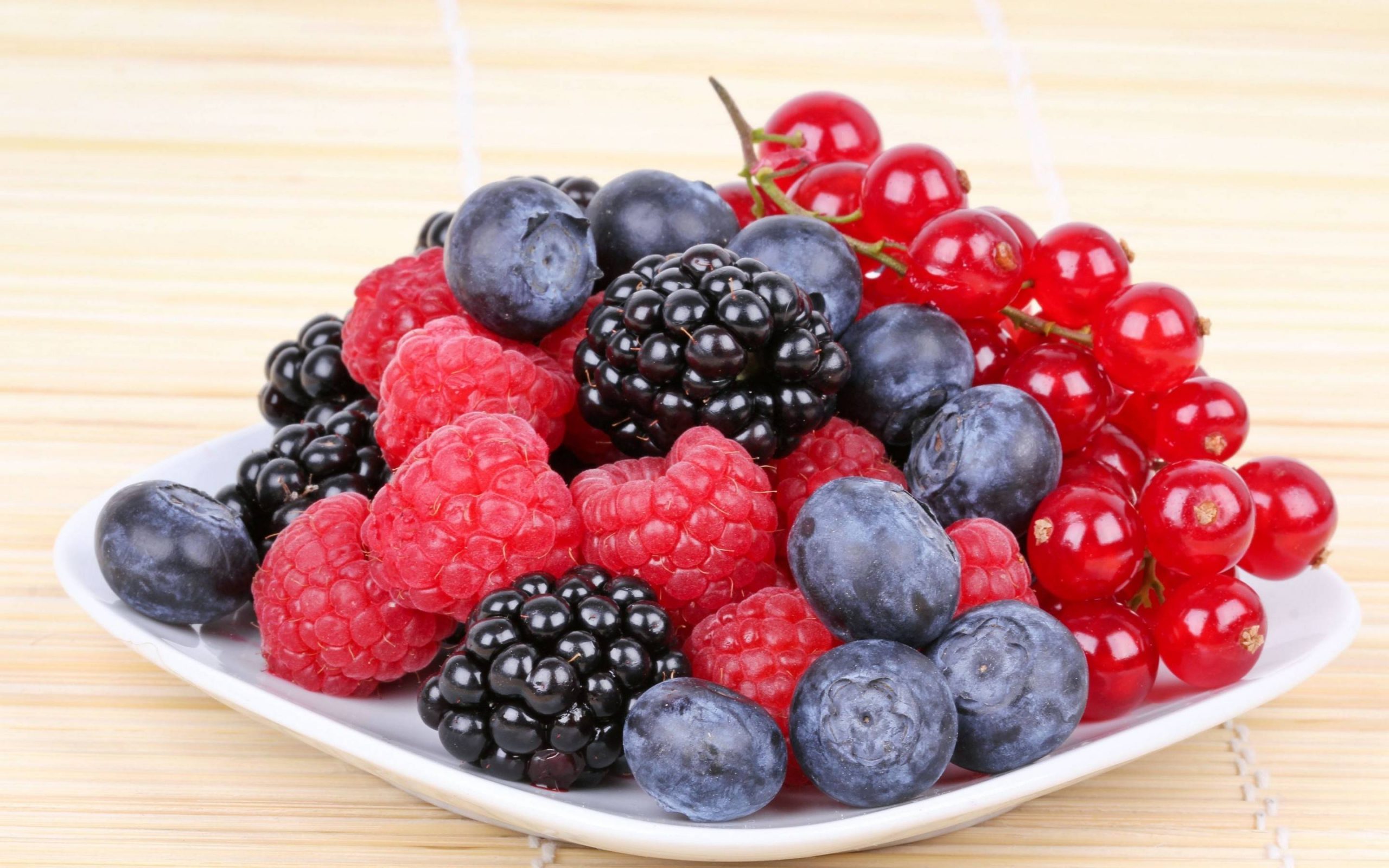Blueberries In Spanish - Getting The Name Right
Have you ever found yourself craving those tiny, sweet, and tangy little fruits, the ones that burst with flavor in your mouth, only to wonder how to ask for them when you're speaking Spanish? It's a common little puzzle, actually, and it's quite easy to get tangled up in the words. You might think it's straightforward, but there's a small linguistic twist that often catches people by surprise when they try to talk about these delightful blue gems in another tongue.
The thing is, in Spanish, a single word tends to cover a couple of quite different little fruits that aren't really alike at all. This can lead to a bit of a mix-up, especially if you're trying to pick up a specific type of berry at the market or follow a recipe that calls for one kind over the other. It's really about knowing the right way to express what you mean, so you get exactly what you're looking for, which is pretty important when you're cooking or just trying to enjoy a snack, you know?
So, we're going to clear up this common language question. We'll look at how to properly name those small, round, purplish-blue treats, and we'll also figure out how to keep them distinct from their tart, red cousins. It's just a little bit of language help that can make a big difference in your everyday conversations about food, as a matter of fact.
Table of Contents
- What's the Real Name for Blueberries in Spanish?
- The Common Mix-Up with Blueberries in Spanish
- How Do You Tell Blueberries and Cranberries Apart in Spanish?
- Making it Clear for Blueberries in Spanish
- Why is There Confusion Around Blueberries in Spanish?
- Getting Specific About Blueberries in Spanish
- Do You Really Need to Add More Words for Blueberries in Spanish?
- Avoiding Misunderstandings with Blueberries in Spanish
What's the Real Name for Blueberries in Spanish?
When you're trying to talk about those sweet, little blue fruits, the ones we know as blueberries, in Spanish, you'll often hear the word "arándano." This is the most common way to refer to them, and it's what you'll find in many places. However, and this is where it gets a little tricky, "arándano" is also the word used for cranberries. So, you see, just saying "arándano" by itself can sometimes leave things a bit fuzzy. It's like calling two different kinds of apples by the same general name, even though they have distinct tastes and uses, you know?
The key to making things absolutely plain, particularly when you want to make sure you're talking about the blue ones, is to add a descriptive word. Think of it like this: if you want to be super clear, you add a color to the name. This helps people immediately grasp which berry you're referring to, which is pretty handy. It's a simple fix, but a very effective one, in fact. You really want to get the right fruit for your morning oatmeal or your pie, don't you?
So, to be very precise, when you mean blueberries, the best way to say it is "arándano azul." The word "azul" means blue, so "arándano azul" literally means "blue arándano." This little addition instantly removes any doubt and points directly to the small, sweet, blue fruit we all love. It's a straightforward way to communicate your meaning without any fuss, which is nice, isn't it?
The Common Mix-Up with Blueberries in Spanish
It’s really quite common for people to get mixed up when talking about these two little fruits in Spanish. The main reason, as we just touched on, is that both blueberries and cranberries are often called "arándanos." This can lead to a bit of confusion, especially if you're not used to it. Imagine trying to buy ingredients for a recipe and ending up with something totally different because of a word that means two things. It happens more often than you might think, you know?
The issue stems from how these fruits are categorized in the language. In English, we have very distinct names for them, but in Spanish, the general term for this type of berry covers both. This makes it a bit of a challenge to be specific without adding more words. It’s almost like a linguistic shortcut that can sometimes create a little extra work for those trying to be clear. So, just saying "arándano" might mean you get either the sweet, dark blue ones or the tart, bright red ones, and that’s not always what you want, is it?
To avoid this mix-up, it's pretty important to remember that these two fruits, the blueberry and the cranberry, are very distinct. They have different tastes, different colors, and are used in different ways in cooking and eating. One is usually eaten fresh or in sweet dishes, while the other is often found in sauces or juices because of its sharp taste. So, getting the right word for your blueberries in Spanish is a real help.
How Do You Tell Blueberries and Cranberries Apart in Spanish?
Figuring out the difference between blueberries and cranberries when you're speaking Spanish comes down to adding a descriptive word, usually a color. Since "arándano" can mean both, you need a way to specify. It's a bit like how we might say "green apple" versus "red apple" to be clear, even though they're both apples. This method makes it really easy to know which one you're talking about, which is rather helpful.
For the small, round, dark blue fruits that we call blueberries, the phrase you want to use is "arándano azul." The word "azul" simply means blue, so it's a very direct way to point out the specific berry you have in mind. This is the most common and widely understood way to refer to them, and it works pretty much everywhere. It's almost like giving the general term a specific last name, you know?
On the other hand, for the tart, bright red little fruits known as cranberries, you would say "arándano rojo." Here, "rojo" means red. So, by adding "rojo," you're clearly distinguishing them from their blue counterparts. This simple addition of a color word is the key to avoiding any confusion and ensuring you're communicating precisely about these two distinct types of berries. It’s a very practical linguistic tool, actually.
Making it Clear for Blueberries in Spanish
Making your meaning super plain when you're talking about blueberries in Spanish is all about being specific. You don't want to leave any room for doubt, especially if you're ordering food or sharing a recipe. It's like when you're giving directions; you don't just say "go down the street," you say "go down the street and turn left at the big oak tree." That extra detail makes all the difference, doesn't it?
So, instead of just using the general term "arándano," which, as we've seen, can be a bit vague, you really want to lean into the descriptive phrase. Saying "arándano azul" ensures that the person you're speaking with immediately pictures the right fruit. This is particularly useful in places where both types of berries might be available, like in a supermarket or a restaurant kitchen. It just makes things smoother, you know?
It's also worth noting that while there might be other, less common ways to refer to these fruits in certain regions, "arándano azul" is the most widely accepted and understood term for blueberries. Sticking to this phrase will help you communicate effectively and avoid any accidental mix-ups. It’s a simple way to make sure your message is received just as you intended, which is pretty important when you're trying to get your point across.
Why is There Confusion Around Blueberries in Spanish?
The reason for the shared name "arándano" for both blueberries and cranberries in Spanish is actually quite interesting. It often comes down to how plants are classified and named in different languages over time. In some cases, a single word might have been used for a whole group of similar-looking plants or fruits before more specific distinctions were made. It's a bit like how we might say "tree" for many different kinds of tall, woody plants, even though they are distinct species, you know?
Historically, perhaps these two fruits were not as widely differentiated or cultivated in Spanish-speaking regions as they were elsewhere, leading to a broader, more general term. Or, it could be that their physical similarities, being small, round berries, led to them being grouped under one umbrella term. This is a fairly common linguistic occurrence where a single word covers a broader category than in another language. So, it's not really a mistake, just a difference in how words developed, in a way.
This linguistic habit means that if you just say "arándano," you're essentially saying "berry of the arándano type," which could be either the blue or the red one. To make it truly clear, you need to add that extra bit of information, like the color. It's a small detail, but it helps bridge that gap in how the language categorizes these delicious little fruits, which is pretty neat when you think about it.
Getting Specific About Blueberries in Spanish
Getting specific about blueberries in Spanish means going beyond the general term and adding that important descriptive word. It's about precision in language, especially when you're talking about something as specific as food. Imagine trying to explain a recipe to someone and they grab the wrong ingredient because you weren't clear enough. It's a bit of a hassle, isn't it?
So, to be absolutely sure you're talking about the blueberries, those sweet, dark blue ones, you should always aim for "arándano azul." This phrase is universally understood and leaves no room for misinterpretation. It's the standard way to refer to them, whether you're at a market, in a restaurant, or just chatting with a friend about what you had for breakfast. It’s the most effective way to communicate your meaning, in fact.
This approach of adding a color word is a simple yet powerful tool for clarity. It shows that you understand the nuance in the language and helps you get exactly what you need. It's just a small adjustment in your vocabulary, but it makes a big difference in how clearly you can express yourself about these particular little fruits. So, remember "arándano azul" for your blueberries in Spanish.
Do You Really Need to Add More Words for Blueberries in Spanish?
You might be wondering if you truly have to add more words, like "azul," every single time you talk about blueberries in Spanish. And the answer, generally speaking, is yes, if you want to be perfectly clear and avoid any possible mix-ups. While context can sometimes help, relying on context alone might not always be enough, especially in situations where precision is important. It’s almost like a small extra effort for a big payoff in clarity, you know?
Consider a situation where you're asking for "arándanos" at a grocery store. The person helping you might not know if you want the sweet blue ones or the tart red ones, and they might just give you whatever they have most of, or what they think you mean. To prevent this kind of guesswork, adding "azul" removes all doubt. It's a simple way to ensure you get exactly what you came for, which is pretty helpful, isn't it?
So, to make it perfectly clear, saying "arándano azul" is the most dependable way to refer to blueberries. While you might hear just "arándano" used casually, especially if the context strongly suggests blueberries (like in a dessert menu), it's always safer to use the full, descriptive phrase. It's just a good habit to get into for clear communication about these specific little fruits, as a matter of fact.
Avoiding Misunderstandings with Blueberries in Spanish
Avoiding misunderstandings when discussing blueberries in Spanish is quite simple once you know the trick. It all comes down to being precise with your words, particularly when the language has a broader term that covers more than one item. You don't want to accidentally end up with cranberries when you were really hoping for those sweet blueberries, do you?
The key, as we've talked about, is to use "arándano azul" for blueberries and "arándano rojo" for cranberries. This straightforward approach eliminates any potential for confusion. It's a clear and direct way to communicate your specific needs, whether you're shopping, cooking, or simply chatting about your favorite fruits. It just makes things so much easier for everyone involved, you know?
So, remember that these two little fruits, while both called "arándanos" in a general sense, are very distinct. The blueberry is a different fruit from the cranberry. By adding the color word, you make your meaning absolutely plain. This small linguistic detail helps you communicate effectively and ensures you always get the right berry, which is pretty important for culinary adventures and everyday enjoyment, in fact.
This discussion has gone over how to correctly name blueberries in Spanish, focusing on the common term "arándano azul" to distinguish them from cranberries, which are "arándano rojo." We've explored why this confusion exists due to the general use of "arándano" for both, and why adding the color word is so important for clarity. We also looked at how to make your meaning plain to avoid mix-ups in various situations.

Blueberry In Spanish: The Simple Guide

Descubre los arándanos o blueberries

Cranberries In Spanish Spain at Hugh Harwood blog